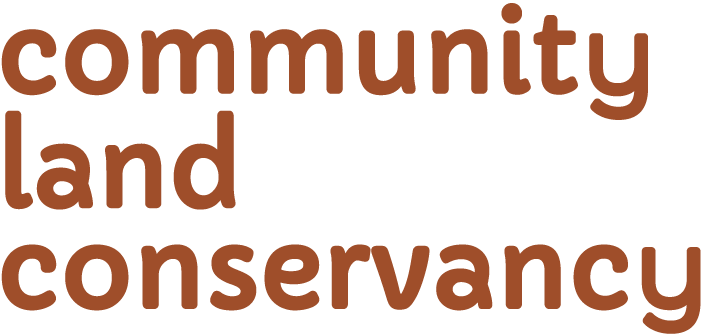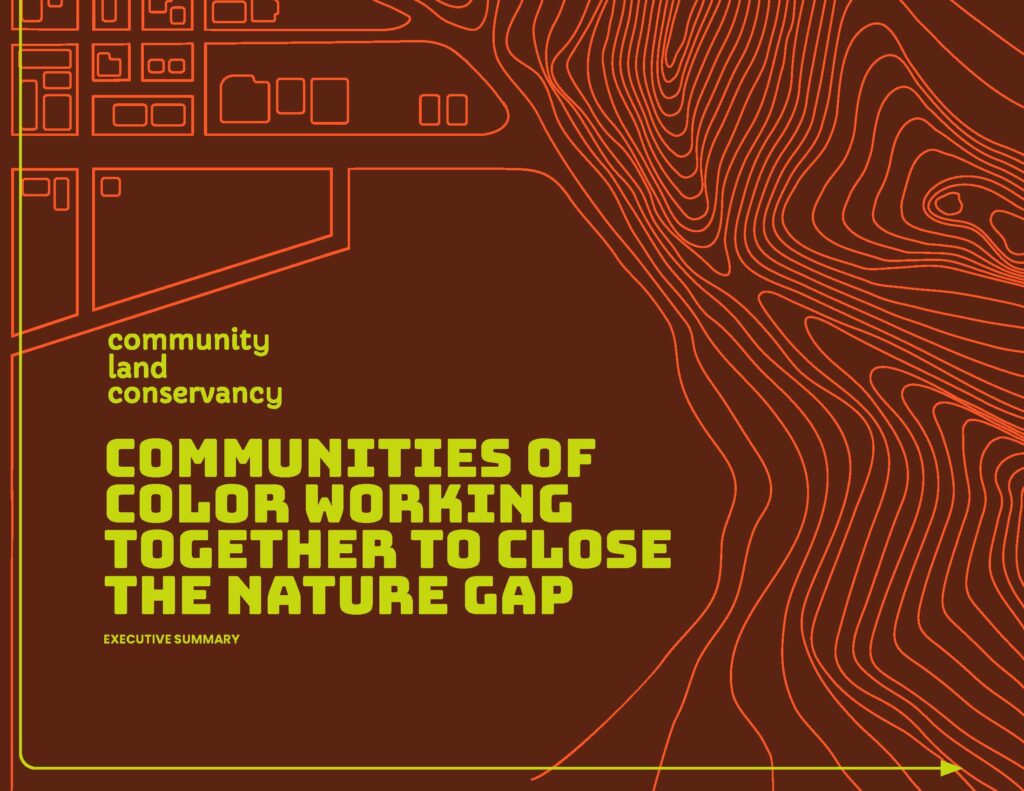Communities of Color working together to close the nature gap

About the CLC
We’re a people of color-led land conservancy that acquires land for parks in historically underserved communities — so that our community voices are heard and centered in land use decision-making.
Why the Community Land Conservancy is needed
Access to nature is vital for health, well-being, and social cohesion. Yet this important issue is often overlooked in discussions about equitable access to affordable housing, particularly for historically underserved communities and communities of color, where many live in fear of displacement.
“The CLC is led by people of color and acts as an accredited representative of marginalized communities”
Racist policies such as redlining have caused low-income neighborhoods to have much less green space than well-off neighborhoods. At the same time, communities of color often fear that adding parks and open space will increase property values and thereby contribute to further displacement. This leaves them with a false choice between housing stability and access to nature.
This is why Community Land Conservancy wants to create a land conservancy led by people of color that acts as an accredited representative of marginalized communities and enables us to:
- Acquire, own and design public open space to serve the needs of our communities
- Advocate for the simultaneous development of affordable housing and quality, public-accessible open space
- Benefit from partnerships with established conservancies, while maintaining authority over land use projects
Connect with us to be notified about our Engagement Series!
In this series, the CLC will host partners and colleagues to discuss how we can tackle disparities and inequities when it comes to lack of green spaces in underserved communities, particularly in communities of color.
Session I: Housing or Parks?
A False Dilemma
Wednesday, Oct. 20, 2021, 6-8 p.m.
In our first session we hosted Paulina Lopez of the Duwamish River Community Coalition to discuss the fact that many communities feel they must choose between enhancing parks and affordable neighborhoods.

